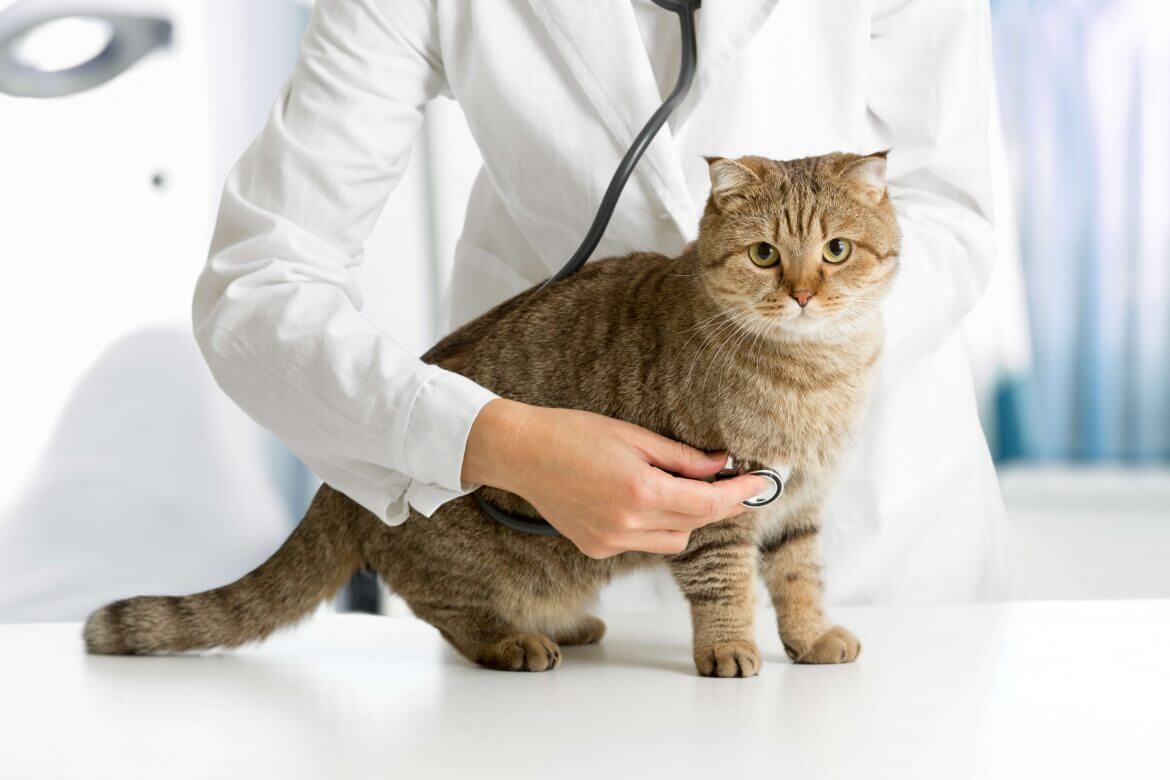Excessive Drinking in Pets
PIA Australia
May 10, 2016
So kitty has taken to the water bowl in full force? Lapping up endless drink-stops, cause for concern? Most certainly! Nadia Crighton from Pet Insurance Australia explains why.
“It’s important for cat lovers to note that the onset of excessive drinking can be a symptom that something is not right,” Crighton advises. “As soon as you notice and increase in the consumption of water, it’s best you book an appointment with your local veterinarian to rule out any underlying problems.”
So how much water should my cat drink? Many veterinarians suggest that a 4kg cat should drink around one cup of water per day. This can increase during warmer months and on activity. Also food needs to come into account.
“You also need to consider what your cat is eating as some wet foods can contain up to 80% water content, so obviously cats eating a wet diet will drink less water than those on a dry-food diet.”
If you suspect that something is not right with your pet and their behaviour, such as drinking, increases, it’s best to seek professional help.
“This is when it’s a good idea to head off to your local veterinarian for a check up,” Crighton suggests. “Changes in drinking, eating and general behaviour can be an indication that something is not right.”
Dr Chris Papantonio from the Colyon Vet Hospital is aware of how serious excessive drinking in cats can be.
“Excessive thirst is often a sign that your pet is unwell,” he states. “Excessive thrist is a symptom of a whole range of serious medical conditions.”
Excessive thrist can possibly indicate:
- kidney disease
- diabetes
- liver disease
- pyometra
- Cushing’s Disease or even hyperthyroidism.
For most cat owners knowing there is a problem when it comes to excessive drinking is quickly observed.
“Also consider unusual drinking patterns, such as your cat suddenly wanting to drink warm water from the shower or bath, or drinking from unusual places such as puddles or fish ponds,” Crighton says.
Other symptoms
- Refusal to eat or drink
- Increase in appetite
- A change in sleeping patterns
- Behavioural problems
- Inappropriate urination or defecation
- Howling when urinating
What about those cats who don’t drink enough?
“Cat’s love fresh water, so clean water bowls daily and always ensure the water is fresh,” Crighton suggests. “Also consider using a pet water fountain, that can entice the most fussiest of drinkers.”

8 Comment